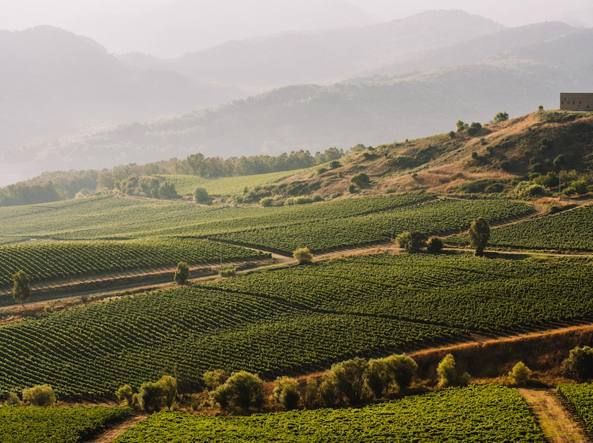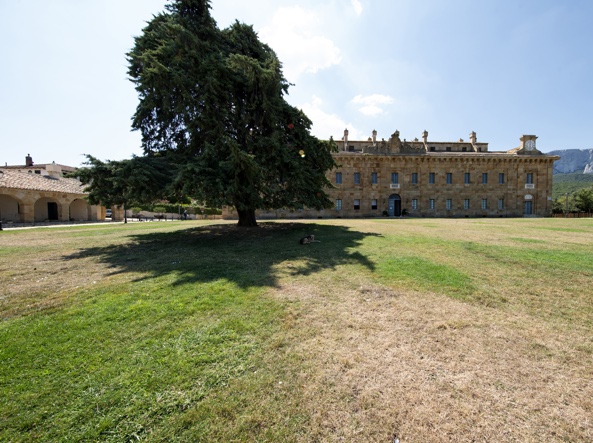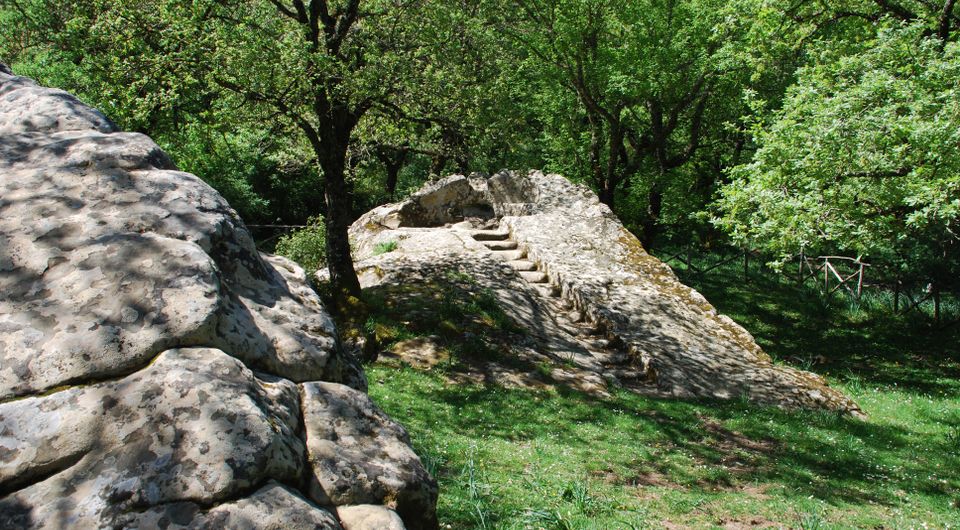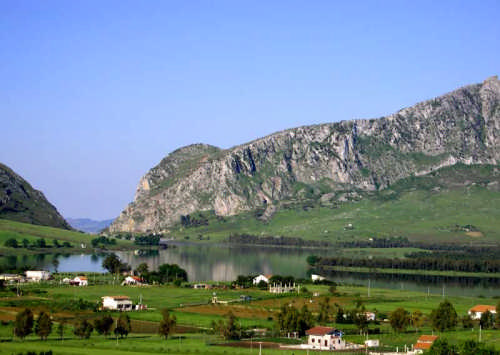
Oriented Nature Reserve – Bosco della Ficuzza, Rocca Busambra, Bosco del Cappelliere and Gorgo del Drago, Bosco di Ficuzza
This post is also available in:
 Italiano (Italian)
Italiano (Italian)
This reserve is a protected natural area of the Sicilian Region, established in July 2000, in the metropolitan city of Palermo. It covers more than 18.000 acres, on a 2.297-ft high plateau.
It includes a wood with several vineyards arranged into a mosaic shape.
The wood mainly features the typical Mediterranean vegetation, with chestnut trees, cork oaks, holm oaks, turkey oaks, downy oaks, hawthorns, privets, strawberry trees, and myrtle trees surrounding a marshland, running along a river and also thriving on rocky soils. It is very rich in wildlife too: that’s exactly why Ferdinand IV of Bourbon bought this area from a parish church and turned it int his own hunting reserve (at the end of the XVIII century).
On the edge of the Mediterranean scrub, he also built a royal country residence to be used as a hunting lodge; around it, the village of Ficuzza was later built as well.
Inside this reserve, visitors can admire the LIPU wild animal recovery centre and hunting lodge of King Frederick II.
Among the most evocative areas, there are the banks of “Laghetti Coda di Riccio” artificial reservoirs, packed with amphibians and water birds. Wild orchids and Spanish broom bloom in spring, and porcini mushrooms grow abundant in autumn.
The less popular paths are probably the best, also because the main ones are often used by motorcycles and off-road vehicles. Visitors could thus enjoy undisturbed walks climbing to Rocca Busambra Ridge, the highest relief in western Sicily.
The “Reale Casina di Caccia di Ficuzza” – another interesting place to visit – has been available to the public since 2009 and has recently become a Regional Museum. It was actually in the course of five years (1802-1807), based on the original project of the royal architect Carlo Chenchi, who was later replaced by Giuseppe Marvuglia. On the ground floor, the building features the private chapel, a cellar, the stables, several warehouses, and a small natural history museum; on the main floor, there are rooms and reception halls, another cellar, and some beautiful frescoes.
The side service buildings have been converted into private residences.
This post is also available in:
 Italiano (Italian)
Italiano (Italian)



